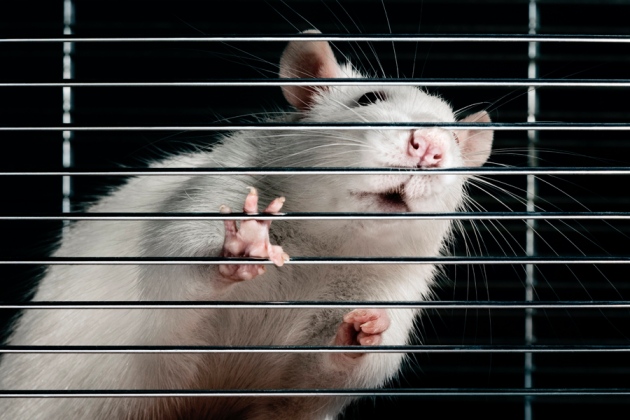A ew years ago, officials at Switzerland’s Federal Food Safety and Veterinary Office approached Hanno Würbel, the head of the animal welfare division at the University of Bern, with the task of examining the quality of experimental design in the country’s animal research. Growing public awareness of the reproducibility crisis in science—which has emerged as researchers discover that a large proportion of scientific results cannot be replicated in subsequent experiments—had put pressure on the government authority to examine this issue, Würbel says. “They wanted to know, what is the situation in Switzerland . . . and is there anything that we need to improve?”
To address this question, Würbel and his colleagues examined scientific protocols in 1,277 applications for licenses to conduct animal research that were submitted to and approved by the Swiss Food Safety and Veterinary Office (FSVO). Their analysis, published in PLOS Biology in 2016, concluded that most of the experiments described in approved applications lacked scientific rigor. Only a fraction of the protocols included important measures against bias, such as blinding, randomization, or a clear plan for statistical analysis.
It’s now one of several studies that have pointed to critical flaws in the way animal experiments are designed—and many researchers argue that these flaws are major contributors to the reproducibility crisis plaguing published pre-clinical research. In 2011, for example, scientists at the pharmaceutical company Bayer reported that they were unable to reproduce the findings from 43 of 67 projects on potential drug targets in oncology, cardiology, and women’s health. Meanwhile, a 2015 PLOS Biology paper reported that more than 50 percent of preclinical research is not reproducible. The latter study’s authors highlighted poor experimental design as one of the main causes of the problem and estimated that, in the United States alone, approximately $28 billion is spent each year on preclinical experiments that cannot be replicated. ….







